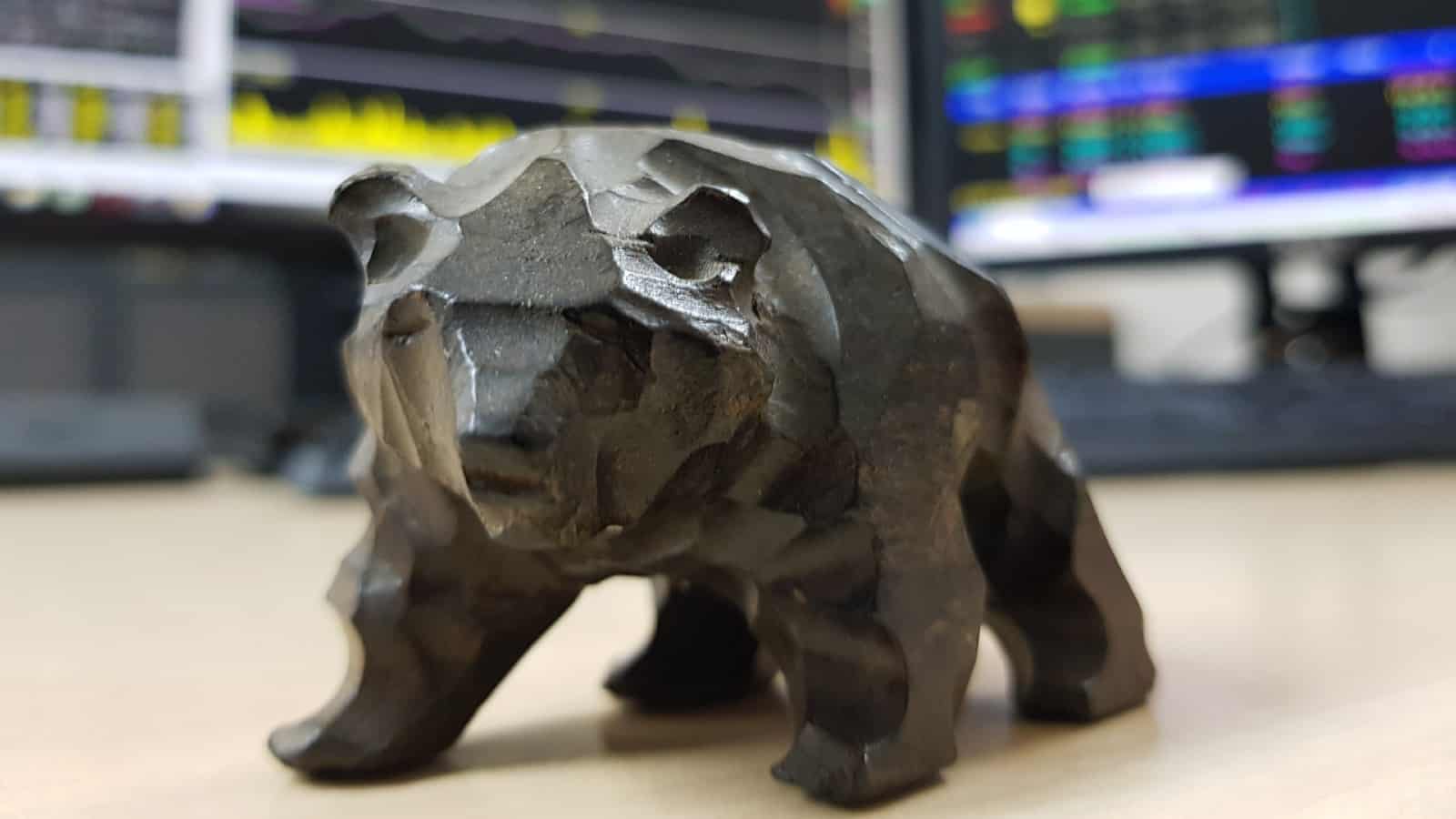The first half of 2022 was ugly for stock market investors. While the FTSE 100 held up pretty well, other major indexes crashed. The S&P 500, for instance, fell more than 20% – its worst start to a year since 1970.
Recently, however, the market has experienced a major rebound. Since the beginning of July, a lot of shares have produced double-digit gains. Have we seen the bottom then? Or is this a classic bear market rally? Let’s discuss.
Has the stock market bottomed?
Determining whether the stock market has bottomed is never easy. That’s because stocks are notoriously unpredictable. Even top experts, who spend all day analysing the market, can get it badly wrong at times. Having said that, there are a few things that can indicate that the market has bottomed. So, let’s examine whether we’ve seen these recently.
Bear markets often end with capitulation
One thing that can signal that the market has bottomed is a period of capitulation, where fear levels spike, and investing becomes so challenging that a lot of investors simply throw in the towel. This is generally pretty easy to spot. On capitulatory days, most stocks are down significantly. Even high-quality names can be down 5%, 10%, or more.
Did we see this recently? Not really. There were some bad days in June. Was there real capitulation though? I’m not so sure.
Insiders load up near the bottom
Another thing that can signal a bottom is a high level of insider buying. Corporate insiders are some of the most informed participants in the market and they often step in to buy company stock when share prices falls to extremely low levels. For example, in March 2020, when stocks were tanking due to Covid uncertainty, insider buying globally spiked. Shortly after, the stock market staged a massive recovery.
Have we seen this recently? No. There have been a few notable buys here and there but there hasn’t been a big wave of buying. This could be due to the fact that insiders generally aren’t allowed to buy stock right before an earnings period.
Bad news is ignored near the bottom
A third indicator that can signal that the stock market has bottomed is when stocks no longer go down on earnings disappointments. When stocks rise on poor results, it can signal that all bad news is priced in.
Now interestingly, we have seen a bit of this recently. For example, both Microsoft and Alphabet missed earnings estimates last week. Yet their share prices rose after their results.
Putting this all together, we’ve seen one out of three classic stock-market-bottom indicators. In light of this, my view is that we’re probably close to the bottom. However, I wouldn’t be surprised if the market was to experience one more leg down before the next bull market starts.
Why I’m buying stocks now
The possibility of another leg down is not going to stop me from buying stocks now though. Because if we have already seen the bottom, I could miss out on major opportunities by not investing. Rallies to the upside can be fast, as we saw in July.
However, I am going to keep some money on the sidelines right now, just in case share prices do go lower again. That way, I’ll be ready to take advantage of buying opportunities if they arise.








